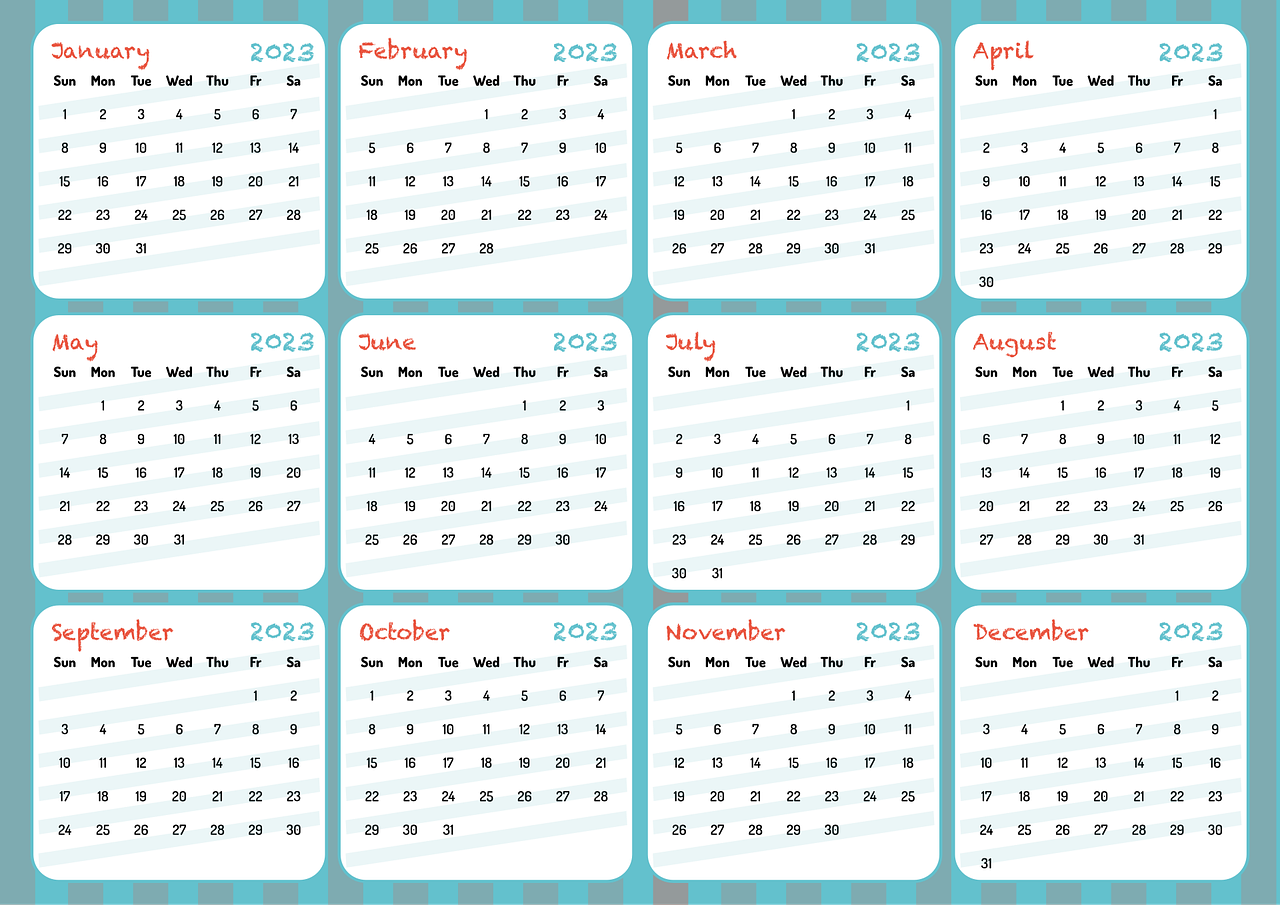How long do you think million will last during your retirement? As you dream about the golden years of no alarms, leisurely mornings, and perhaps more travel, it’s crucial to think about the sustainability of your retirement nest egg. $1 million sounds like a substantial amount—and it certainly is—but the challenge is ensuring it covers all your needs through your retirement years.

Understanding the Basics of Retirement Planning
Before delving into details on how long $1 million can last, it’s important to understand the foundational aspects of retirement planning. Your financial future depends significantly on how you prepare today. The core idea is to provide for your future needs without depleting your assets too soon.
The 4% Rule: A General Guideline
The 4% rule is a popular rule of thumb in retirement planning. It suggests that you can withdraw 4% of your retirement savings annually without exhausting your funds. If you apply this guideline to a $1 million retirement fund, you’d theoretically be able to withdraw $40,000 per year. However, this rule isn’t foolproof and doesn’t account for market fluctuations or unexpected expenses.
Inflation’s Impact on Your Retirement Savings
Inflation is a silent force that erodes the purchasing power of your money over time. Even a low annual inflation rate can have significant effects over many years of retirement. For example, if the inflation rate is 3% each year, what costs $40,000 today may cost more than $53,000 in 10 years. Thus, when planning your withdrawals, it’s vital to factor in inflation.
Lifestyle and Cost of Living
Your lifestyle choices and where you reside significantly impact how long your savings will last. A lavish lifestyle and living in an area with a high cost of living will deplete your savings faster compared to a frugal lifestyle in a less expensive location.
Calculating How Long Your $1 Million Will Last
Now, let’s explore some calculations and scenarios to provide a clearer picture of your $1 million’s longevity.
Scenario 1: Fixed Annual Expenses with 4% Withdrawal
Imagine you decide to follow the 4% rule closely with the assumption of zero inflation and market growth as a simple starting point. Your $1 million provides $40,000 yearly for living expenses. At this rate, barring unexpected expenses, your savings in theory could last approximately 25 years.
Scenario 2: Variable Market Conditions
Financial markets are unpredictable. Assuming an annual average return rate of 5% and using the 4% withdrawal rate, your savings may last longer due to the compounding effect. Here’s how:
| Year | Beginning Balance | Investment Return (5%) | Annual Withdrawal (4%) | End Balance |
|---|---|---|---|---|
| 1 | $1,000,000 | $50,000 | $40,000 | $1,010,000 |
| 2 | $1,010,000 | $50,500 | $40,400 | $1,020,100 |
| 3 | $1,020,100 | $51,005 | $40,804 | $1,030,301 |
In this simplified example, the balance increases annually due to returns outpacing withdrawals.
Scenario 3: Factoring in Inflation
Let’s integrate an annual inflation of 2.5% to see its impact. With $40,000 as your starting withdrawal, you would increment each withdrawal slightly to maintain purchasing power. The withdrawal amount would be $41,000 in year two, $42,025 in year three, and so on. You’ll need investment returns to outpace inflation to maintain the balance without depleting it too early.

This image is property of pixabay.com.
Strategies to Extend the Longevity of Your Retirement Savings
As life expectancy increases, stretching your retirement savings becomes increasingly important.
Adjusting Withdrawal Rates
Flexibility in your withdrawal rate is key. Having the ability to reduce spending during less favorable market conditions can play a crucial role in maintaining your nest egg. Conversely, take the opportunity to enjoy more when market conditions are favorable and your savings are growing.
Income Supplementation
Consider ways to supplement your income even in retirement. Part-time work, consulting, or monetizing a hobby can provide extra funds that help preserve your principal. Just a small amount of extra income can make a significant difference.
Smart Investment Choices
Opt for a diversified portfolio to balance risk and reward. This approach can protect your savings from market volatility while still providing growth opportunities. Working with a financial advisor can help tailor a strategy that fits your goals, risk tolerance, and time horizon.
Healthcare Costs Considerations
Healthcare can be one of the largest expenses in retirement. Planning for these costs involves considering long-term care insurance and understanding Medicare and other healthcare benefits. Knowing what to expect helps in setting aside part of your budget specifically for healthcare-related expenses.

This image is property of pixabay.com.
Final Thoughts: Planning for Your Golden Years
When planning for retirement with $1 million, it’s clear there’s no one-size-fits-all formula. While the 4% rule and such methodologies provide a baseline, personal factors like health, lifestyle, location, and market conditions heavily influence outcomes. By using a blend of conservative calculation, flexibility in withdrawals, diversified investments, and supplementary income streams, you can build a robust plan capable of adapting to life’s uncertainties.
Though $1 million may sound like an abundant fund, financial discipline and strategic planning are essential to ensure it supports you comfortably throughout your retirement. As you continue to plan, consider consulting with financial advisors who can tailor a strategy fitting your unique circumstances and helping ensure a worry-free retirement.

